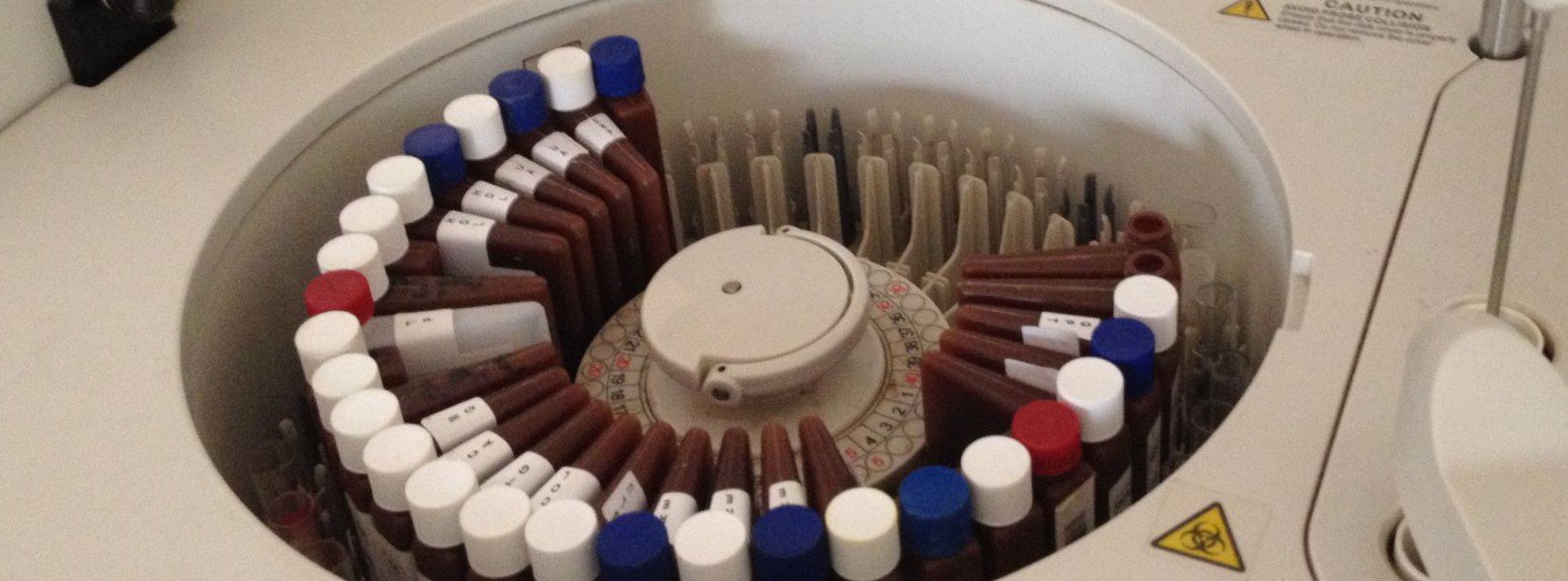
Neglected tropical diseases (NTDs) are a diverse group of tropical diseases that are common in low-income populations in developing regions of Africa, Asia, and America.
They are caused by various pathogens, primarily by helminth or protozoa parasites, but also viruses and bacteria.
In Sub-Saharan Africa, the total impact for these pathologies is comparable to malaria and tuberculosis. Some of these pathologies can be prevented or treated by means that are accessible in more developed countries, but not in the poorest regions of the world. However, in some cases, the treatments are relatively inexpensive.
These diseases are often contrasted with the three major worldwide diseases (HIV, tuberculosis, and malaria), which benefit from numerous research and treatment funds.
Neglected tropical diseases, however, present common comorbidities in these infections. However, we occasionally see gifts of the necessary medication from certain pharmaceutical companies, and mass administration policies have been effective in many countries.
Seventeen neglected tropical diseases are prioritized by the WHO. These diseases are considered endemic in 149 countries, affecting more than 1 billion people, including more than 500 million children.
Although the economic weight of these pathologies on developing economies is difficult to calculate, it's estimated at billions of dollars every year. They caused 142,000 deaths in 2013, down from 204,000 deaths in 1990.
Of these 17 pathologies, 2 are targeted for eradication next: Dracunculiasis by 2015 and yaws by 2020. Four others are targeted for elimination: trachoma, sleeping sickness, leprosy and lymphatic filariasis by 2020.
Solthis' action
Content coming soon.



















